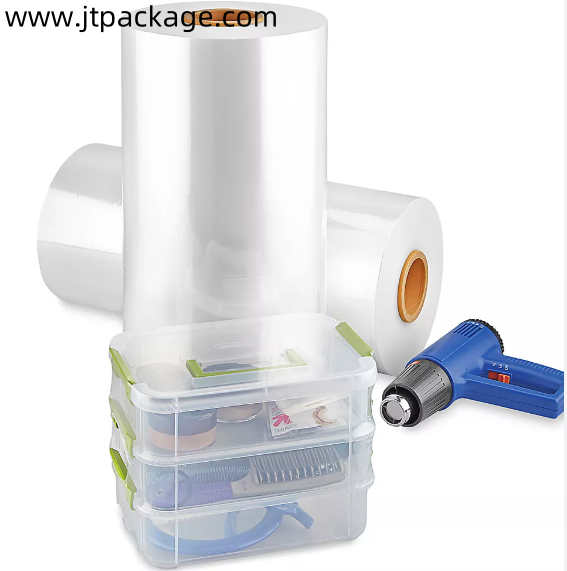POF Shrink Film is frequently used in packaging, but how does it compare with other materials like PVC or polyethylene (PE) for daily use? Understanding the differences between these options helps businesses make informed decisions about wrapping and product presentation.
POF, or polyolefin, is valued for its balance of strength, flexibility, and appearance. It’s often selected for its ability to conform to products without excessive stiffness or brittleness. In contrast, PVC can sometimes crack in cold storage or emit fumes during sealing, making it less ideal for some modern production environments. PE films are durable but may not offer the same level of clarity or shrink consistency needed for certain packaging applications.
jtpackage provides POF shrink films that fit a range of product needs, whether you're packaging retail items, food products, or light industrial components. The films are adaptable to different sealing systems and designed to maintain performance throughout handling, storage, and transport. Compared to other options, polyolefin often delivers a cleaner presentation and smoother film finish, which benefits products displayed on shelves.
Material selection also depends on machine compatibility, sustainability goals, and cost-efficiency. jtpackage works with clients to review packaging operations and recommend film types that suit their production environments without disrupting workflow.
Choosing the right film involves more than just specifications. jtpackage supports packaging decisions with real-world knowledge and consistent product availability to help meet your supply chain goals.
For more about POF film options and packaging material insights, visit https://www.jtpackage.com/

